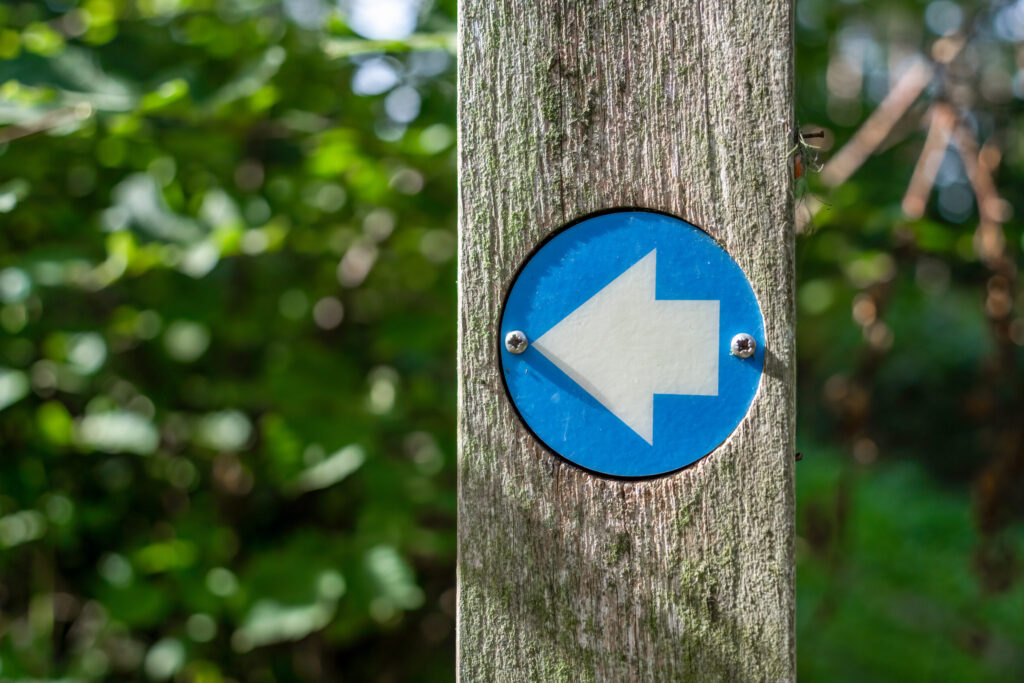
Waypoint Marking
Understanding Waypoint Marking Services
In today’s advanced world of navigation and mapping, waypoint marking services play a crucial role in ensuring accurate and efficient travel. Whether you’re on land, by air, or sea the importance of these services cannot be overstated.
The Basics of Waypoint Marking Services
Before diving into the intricacies of waypoint marking, let’s begin with the fundamentals. Waypoint marking refers to the practice of identifying specific points on a route to aid in navigation. These points act as guideposts, helping travelers stay on track and reach their destination with ease. Waypoint markers are your reliable companions.
Waypoint marking is not a new concept. In fact, it has been used for centuries by explorers, sailors, and adventurers who relied on landmarks and physical markers to find their way. However, with the advancements in technology, waypoint marking has evolved to include virtual markers as well. These virtual markers can be seen on GPS devices, navigation apps, and even in augmented reality experiences.
But what exactly is a waypoint? A waypoint is a specific location that is marked along a route. It can be a physical object like a signpost or rock formation. Waypoints are strategically placed to provide valuable information to travelers, such as distance to the next waypoint, direction changes, or potential hazards.

Function of Waypoint Marking
Waypoint marking is the process of placing physical or virtual markers at strategic locations along a route. These markers, also known as waypoints, serve multiple purposes. They indicate key points of interest, potential hazards, or necessary course adjustments. Imagine driving on a long road trip and relying solely on your instincts. Waypoint markers ensure you’re following the right path, reducing the chances of getting lost or experiencing unnecessary delays.
Physical waypoint markers can take various forms depending on the environment. For example, in mountainous regions, cairns or piles of rocks are often used as waypoints to mark trails. In maritime navigation, buoys and lighthouses serve as waypoints to guide ships safely through channels and avoid dangerous areas. These physical markers are carefully placed and maintained to ensure their visibility and reliability.
Importance of Waypoint Marking in Navigation
One of the key benefits of waypoint marking is its ability to improve situational awareness. By knowing the location of waypoints along a route, travelers can better understand their progress and anticipate upcoming challenges. For example, a hiker can plan rest stops or water breaks based on the distance between waypoints. Similarly, a pilot can calculate fuel consumption and adjust flight plans accordingly.
Waypoint marking also plays a crucial role in emergency situations. In case of an unexpected event or a need for assistance, knowing the nearest waypoint can help expedite rescue operations. Emergency responders can use these markers to locate individuals in distress and provide timely aid. Additionally, waypoint markers can be used as rendezvous points for group activities or as meeting spots for friends exploring unfamiliar areas.
Interested in a project?
Terrestrial Waypoint Marking
Terrestrial waypoint marking primarily caters to land-based transportation. It involves the placement of physical markers, such as signs, posts, or painted symbols, along roads, paths, or trails. These markers are designed to be easily visible, ensuring that drivers, bikers, and pedestrians can navigate their way through unfamiliar territories with confidence. Terrestrial waypoint marking services are an essential component of road safety and efficient land transportation.
Furthermore, terrestrial waypoint marking services often collaborate with local authorities and transportation agencies to ensure the proper maintenance and upkeep of markers. Regular inspections, repairs, and replacements are conducted to guarantee that the markers remain visible and effective, even in harsh weather conditions or high-traffic areas.
Initial Planning and Design
Waypoint marking services begin with a meticulous planning and design phase. This involves studying the terrain and identifying key locations that require marking. Factors such as topography, visibility, and proximity to hazards are taken into account. Specialists assess the needs and challenges specific to the mode of transportation, resulting in a well-thought-out marking plan.
With the marking plan in hand, the implementation phase begins. Skilled technicians, surveyors, or navigational experts work together to place physical markers, such as signs, beacons, or buoys, at precise locations. High-tech equipment and advanced surveying techniques ensure the accurate placement and alignment of these markers. The implementation phase is crucial, as it directly impacts the effectiveness and reliability of the waypoint marking services.

Like any other infrastructure, waypoint marking services require regular maintenance and updates to ensure their continuous effectiveness. Markers may need repainting, replacing, or repositioning over time to account for changes in the environment, such as road construction, natural disasters, or shifting waterways. Regular inspections and assessments are conducted to identify any potential issues and address them promptly, ensuring that the waypoint marking services remain reliable and up to date.
Modern Tools and Equipment
Waypoint marking services now benefit from a wide range of modern tools and equipment. From precision GPS devices and surveying drones to advanced software and imaging techniques, technology plays a crucial role in ensuring accurate placement and alignment of waypoint markers. These tools not only enhance the efficiency of the marking process but also contribute to the overall effectiveness and reliability of the services.
Factors to Consider
The provider should have a thorough understanding of your unique needs and regulatory requirements. Additionally, assess their technological capabilities, ensuring they utilize the latest tools and equipment for accurate and reliable waypoint marking services.
Current Projects
Stairway To Heaven - Central City, CO
Proud to announce the development and construction of Central City, CO’s “Stairway to Heaven” a hiking trail with over a quarter mile of stairs with 300 feet of elevation change. This trail is currently in progress as we install over 140,000 pounds of large format tinder stairs and 600 tons of gravel. read more about it!
Completion timeframe – September, 2023